Order Beetle | Family Chrysomelidae Scientific name Alticini Rank Tribe | |
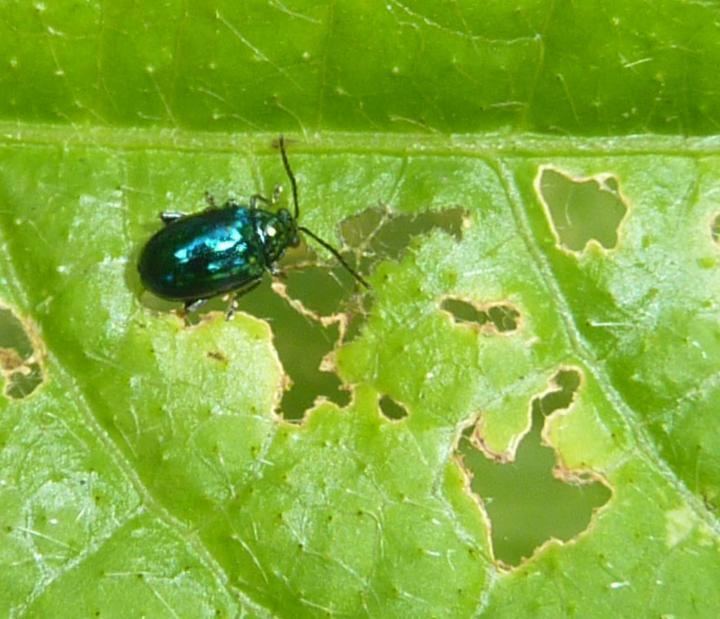 | ||
Lower classifications | ||
Experimenting with ways to kill flea beetles and blister beetles on eggplant diy insect control
Flea beetle is a general name applied to the small, jumping beetles of the leaf beetle family (Chrysomelidae). They make up the tribe Alticini, which is a part of the subfamily Galerucinae, though they were historically classified as a subfamily in their own right. Though most tribes of the Galerucinae are suspect of rampant paraphyly in the present delimitation, the Alticini seem to form a good clade at least for the most part.
Contents
- Experimenting with ways to kill flea beetles and blister beetles on eggplant diy insect control
- Description and ecology
- Relationship with humans
- Pest
- Companion plant
- Beneficial insect
- Selected genera
- References
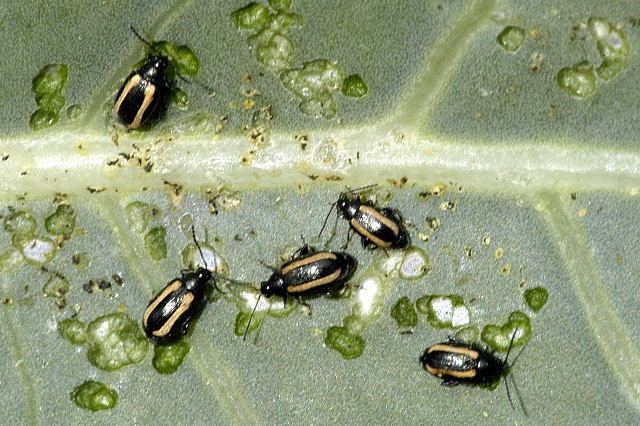
Description and ecology

The adults are very small to moderately sized Chrysomelidae (i.e. among beetles in general they are on the smallish side). They are similar to other leaf beetles, but characteristically have the hindleg femora greatly enlarged. These enlarged femora allow for the springing action of these insects when disturbed. Flea beetles can also walk normally and fly. Many flea beetles are attractively colored; dark, shiny and often metallic colors predominate.

Adult flea beetles feed externally on plants, eating the surface of the leaves, stems and petals. Under heavy feeding the small round holes caused by an individual flea beetle's feeding may coalesce into larger areas of damage. Some flea beetle larvae (e.g. of Phyllotreta species) are root feeders.
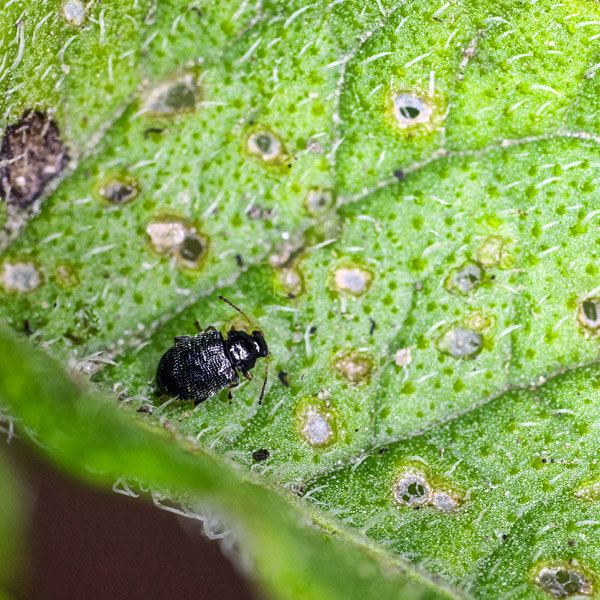
In adverse weather conditions (rain, for example) some flea beetles seek shelter in the soil. Some species, such as Phyllotreta cruciferae and P. striolata, prefer to leave their hideouts only during warm and dry weather. The German name Erdflöhe (literally "earth fleas") refers to their jumping ability and this behavior of hiding in the soil.
Relationship with humans
Flea beetles may be beneficial or may be pests, depending on the species.
Pest
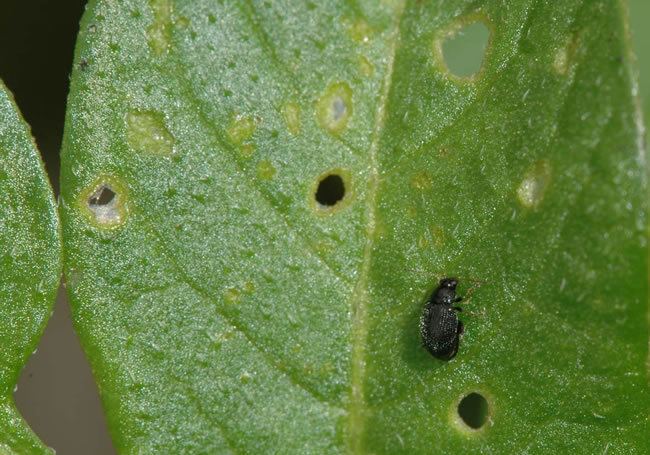
Many major agricultural crops are attacked by flea beetles, including various cruciferous plants such as mustard and rapeseed (particularly canola in northwestern North America). Numerous garden plants are also subject to flea beetle feeding, such as flowers of Gardenia and Rothmannia by Altica species.

Flea beetles execute their most severe attacks during dry weather and are most active on sunny days. The larvae are known to chew roots.
Companion plant
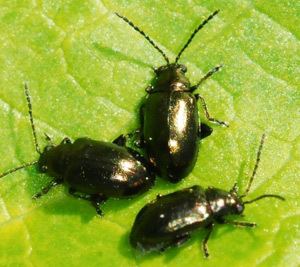
Flea beetles can be deterred by a number of different companion plants, that can be grown intercropped in a garden to benefit neighboring plants. For example, thyme, catnip, and other kinds of mint cover up the scent of nearby plants
Radishes, on the other hand, can be grown as a trap crop, luring the flea beetles away from more important crops. Since the root isn't harmed by the beetles, they remain useful, themselves. A number of natural predators can be employed to keep flea beetles in check, including two that parasitize it: Braconid wasps and tachinid flies. In both cases, the larval stage feeds on the flea beetle, while the adults feed on nectar and pollen; some species are even important pollinators.
To encourage Braconid wasps and Tachinid flies, some types of flowers can be planted between crops: umbels such as caraway, herb fennel, coriander and Ammi majus, and simple open flowers such as California poppies and pot marigolds, as well as yarrows.
Beneficial insect
Other flea beetle species are beneficial, feeding on weeds and similar nuisance plants. A few species have even been introduced to various locations as biological control agents against some weeds. One important example is in the control of Leafy Spurge (Euphorbia esula), an invasive weed in the United States. It has a toxic latex and is generally avoided by herbivores. Flea beetles of the genus Aphthona have been successfully introduced to control this plant.
Selected genera
This genus list is not complete. It is also partially from ITIS and might include genera placed elsewhere in other sources.
